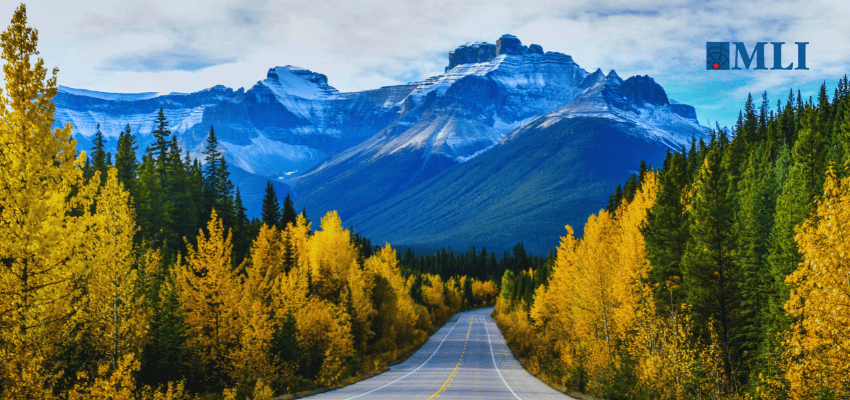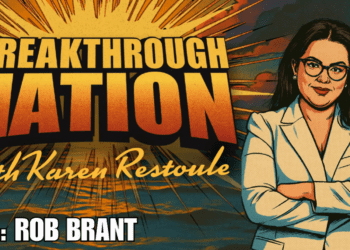This article originally appeared in the Financial Post. Below is an excerpt from the article.
By Philip Cross, July 30, 2024
Given the emphasis on reducing greenhouse gas emissions to “net zero” by 2050, it is surprising how little attention is paid to how emissions are actually measured. If climate-change activists were more aware of the flaws in the emissions estimates, as well as the uncertainty surrounding them, they might be less dogmatic about achieving an imperfect target that won’t deliver what it supposedly promises.
There are no precise measures of greenhouse gas emissions for any nation. Emissions cannot be gauged directly by sampling the atmosphere above Canada. Instead Environment and Climate Change Canada (ECCC) submits an annual National Inventory Report on emissions to the U.N. using a standardized methodology that is regularly updated. Evaluating Canada’s emissions starts with models of carbon dioxide from burning fuels, which is relatively easy to measure. The models become much more complicated and dicy, however, for emissions from forests and farming, including methane from hydro reservoirs, both because data are lacking and because the impacts can be ambiguous.
Forests are a good example of the problem in measuring the impact of land use on carbon emissions. As The Economist puts it, “the world lacks a shared, sensible system for valuing the contribution of trees to sequestering carbon. This is an accounting problem of great complexity.” Growing trees act as a carbon “sink” by absorbing carbon from the atmosphere. But when they die or burn this carbon is released. The benefits of growing trees as a carbon sink are recognized in programs such as the One Trillion Tree Initiative (which even Donald Trump championed) and the Trudeau government’s plan to plant two billion trees in Canada. But these programs ignore carbon that is released when trees die or burn.
***TO READ THE FULL ARTICLE, VISIT THE FINANCIAL POST HERE***






